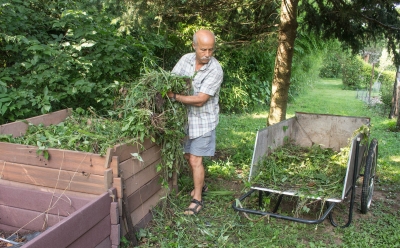IN WHICH A SMALL GAS MOLECULE HAS A BIG EFFECT
It’s a Gas
Ethylene is so simple. It’s a gas made up of merely two atoms of carbon and four atoms of hydrogen. Simple gases are generally not the kinds of molecules that make plant hormones which, like human hormones, are generally complex molecules with dramatic effects at extremely low concentrations. Nonetheless, ethylene is a plant hormone. I thought of ethylene as I sunk my teeth into the last garden-fresh peppers of the season a couple of weeks ago. Note that I wrote “fresh,” not “fresh-picked.”
Those peppers were picked week or two before being eaten. I picked any green peppers showing the slightest hints of red, then spread them out on a tray. Many gardeners do this with tomatoes. I like peppers a lot more than tomatoes so only occasionally try to prolonging the season of fresh tomatoes.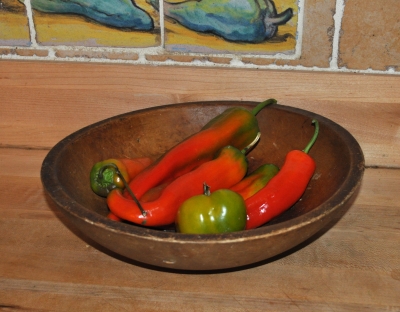
It’s ethylene that’s responsible for the transformations from unripe to ripe. Ethylene is produced naturally in ripening fruits, and its very presence — even at concentrations as low as 0.001 percent — stimulates, in turn, further ripening. The ethylene given off by ripe apples can be used to hurry along ripening of peppers or tomatoes, by placing an apple in a closed bag with them.
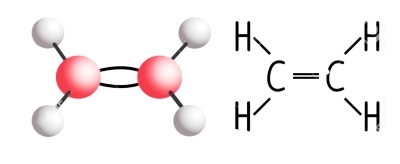
If the fruits are left too long in the bag, ethylene will stimulate ripening which will stimulate more ethylene which will stimulate even more ripening which will stimulate more ethylene which will stimulate still more ripening, ad infinitum, until what is left is a bag of mushy, rotten fruit. Apples can do this to each other, so one rotten apple really can spoil a whole barrel of them.

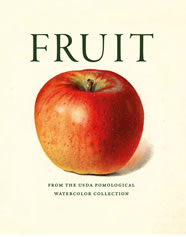 The pocket-sized folio is like a miniature coffee table book, a celebration of fruit-growing in an earlier America with a wealth of historical context and scientific information. The first half of the book is devoted to a range of apple varieties, many with unfamiliar and quaint names; most of these cultivars now lost to time. Subsequent chapters cover pears and other pomes, stone fruits, citrus, berries and miscellaneous fruits such as avocados, pomegranates, persimmons and nuts.
The pocket-sized folio is like a miniature coffee table book, a celebration of fruit-growing in an earlier America with a wealth of historical context and scientific information. The first half of the book is devoted to a range of apple varieties, many with unfamiliar and quaint names; most of these cultivars now lost to time. Subsequent chapters cover pears and other pomes, stone fruits, citrus, berries and miscellaneous fruits such as avocados, pomegranates, persimmons and nuts.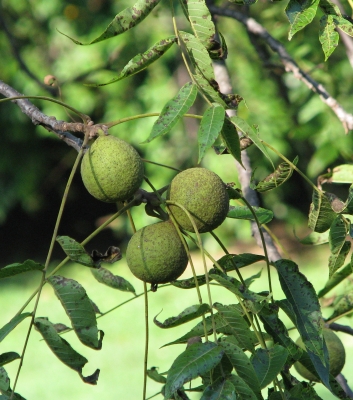
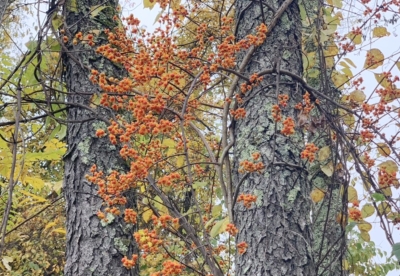
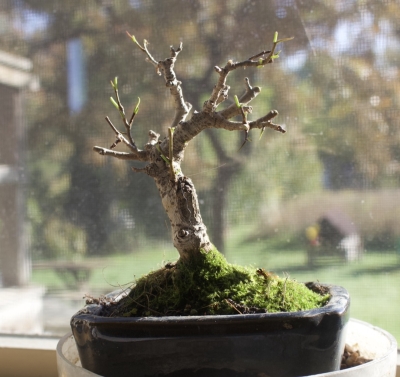
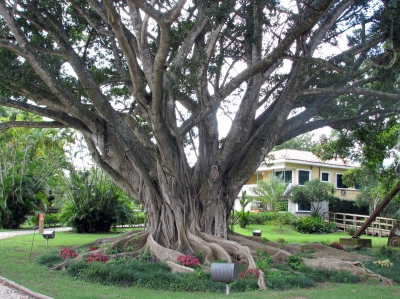
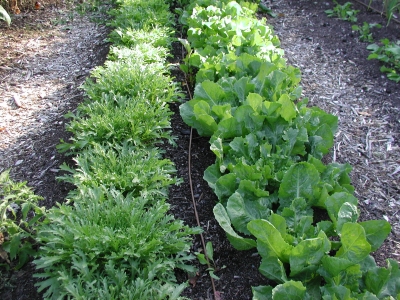
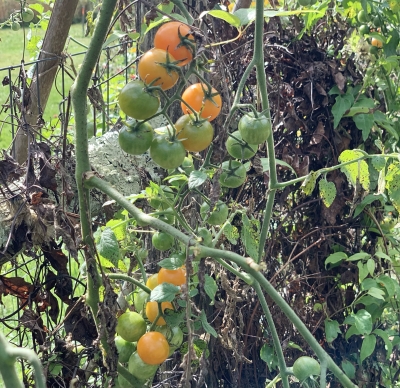
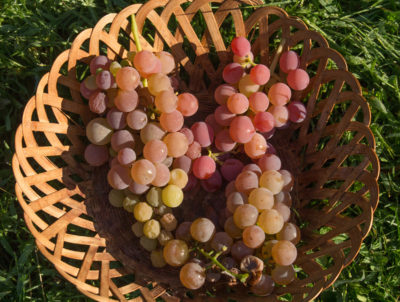
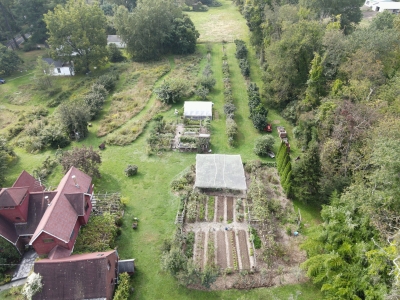
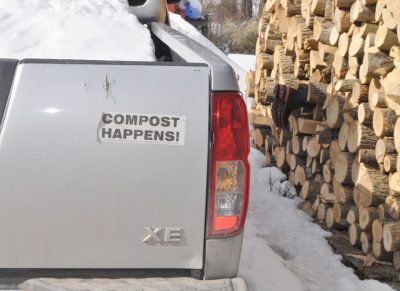
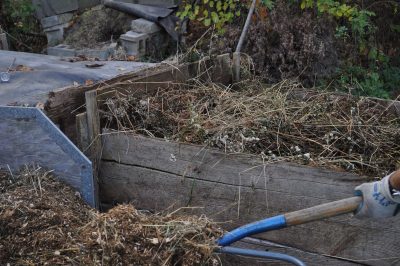 The older the plant material, the richer it is in carbon. Nitrogen-rich materials include young, green plant parts, such as tomato stalks, vegetable waste from the kitchen, and grass clippings, as well as manures.
The older the plant material, the richer it is in carbon. Nitrogen-rich materials include young, green plant parts, such as tomato stalks, vegetable waste from the kitchen, and grass clippings, as well as manures.